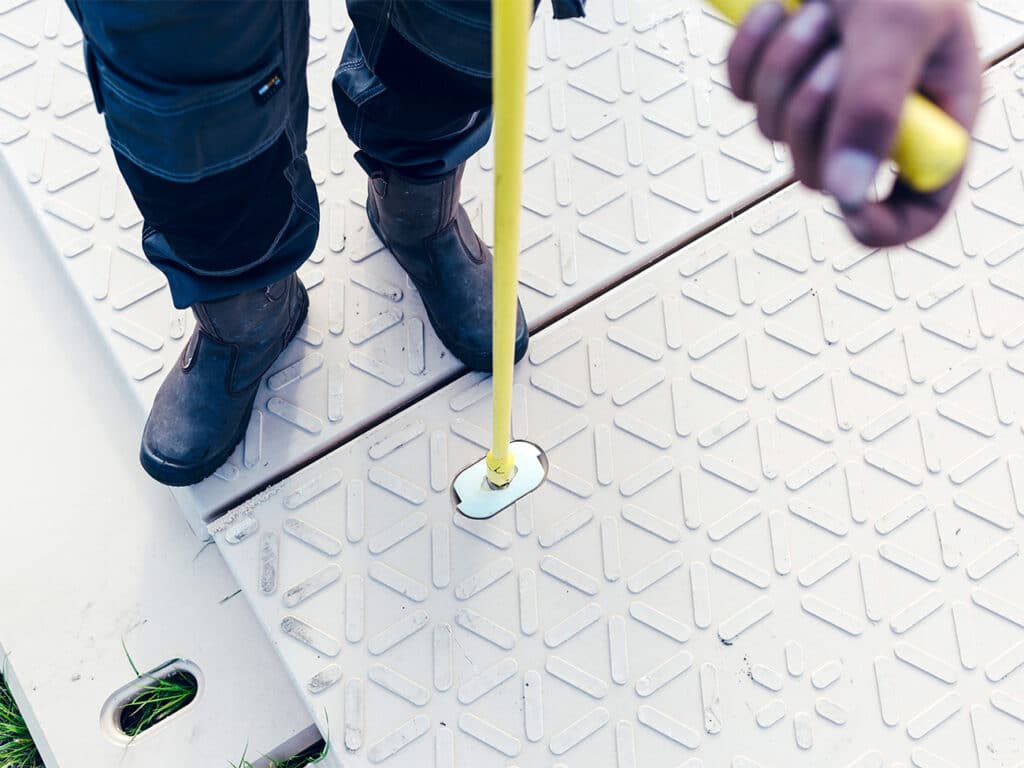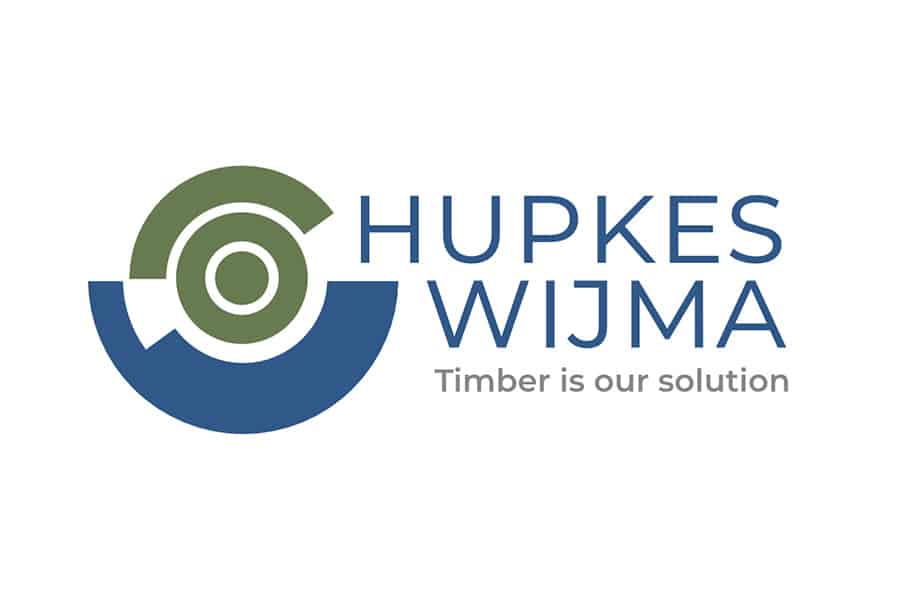
Composite driving slabs: a stable and durable choice
With composite road plates, Ferex offers a durable and safe alternative that leaves the soil intact. Naturally, we want to know more about that.
"Our composite driving plates are widely used in road construction," begins Sanne Buitenhuis of Ferex. "The high strength combined with a low dead weight make the plates extremely suitable for, for example, realizing temporary detour routes for both motorized and bicycle traffic. The large format of 4 by 2 meters ensures that large surfaces can be realized in a short time. The plates are very easy to handle and follow the surface due to their 'flexible' nature."

No tillage
Speaking of subsoil, unlike steel roadway slabs or dragline baffles, no soil preparation is necessary beforehand when composite roadway slabs are used. "We can lay the plates directly on any type of subgrade, without first having to excavate soil and provide it with a rubble course," explains Jordi Rodijk of Ferex. "That saves an awful lot of time, CO2-emissions from unnecessary freight movements and saves local flora and fauna. By not having to excavate, we also prevent peat oxidation in peatland areas, a relatively unknown phenomenon but which results in enormous CO2 emissions. Our composite driving plates can then withstand a load of up to 400 tons per square meter. The range of application is therefore very broad."

Lip welding system
The composite plates are so light that they do not sink in the weakest soil, but remain floating. "The plates are connected to each other on four sides via a winch welding system to form a fully enclosed roadway or platform," Rodijk continued. "The various attachments complete the picture, such as bend pieces, ramp pieces and adapters to turn an overhanging lip into a horizontal one, for example.
As standard, our sheets are equipped with an anti-slip profile for optimum safety for cyclists, for example, even in rainy weather."

Crane sidings
Ferex recently conducted extensive research into the use of composite plates for crane stands. Rodijk: "On less load-bearing substrates, dragline plates are currently used for stamping, but these are finite. Our plate is connectable so in theory the surface is infinite. A crane could push a dragline sheet away into the subgrade. With our plates, a complete floor is created including a safe "safety net" under the crane. The results of this research will be published after the summer."
In short, composite driving slabs offer tremendous advantages over steel driving slabs or dragline bulkheads. "For every application in ground/road/water construction, we offer a suitable solution."




